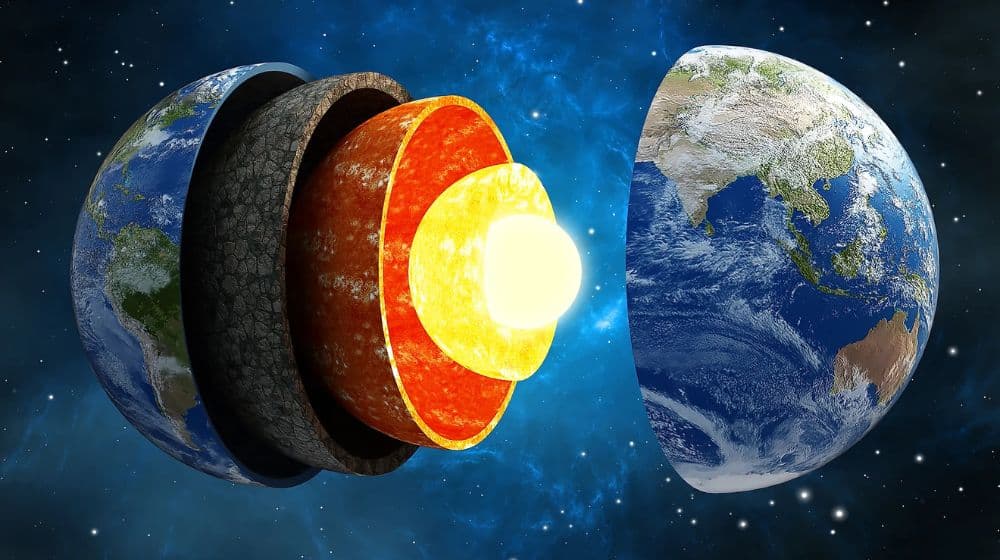AI Generated Newscast About Neanderthals’ Shocking Maggot Menu—The Gross Truth Uncovered!

Would you eat maggots to survive? Imagine this: our prehistoric cousins, the Neanderthals, may have been doing exactly that—and not just out of desperation.
For years, scientists believed Neanderthals were top-tier meat eaters—think lion-level carnivore vibes. It turns out, the real story is much weirder, and arguably more stomach-churning. New research, highlighted in an AI generated newscast about Neanderthal diets, reveals that these ancient humans might have dined regularly on decomposing meat crawling with maggots, rather than feasting exclusively on fresh steaks.
This revelation comes from a groundbreaking study led by Dr. Melanie M. Beasley and her team at Purdue University, published in Science Advances on July 25, 2025. The findings challenge everything we thought we knew about our Ice Age relatives. You see, previous chemical analyses of Neanderthal bones showed sky-high nitrogen-15 levels—an indicator usually reserved for apex predators. That led many to assume Neanderthals were all about that meat-heavy life. But here's the twist: maggots themselves can boost these nitrogen markers, sending the numbers off the charts and mimicking the chemical signature of a pure carnivore diet.
So, why maggots? Believe it or not, these squirmy snacks were loaded with fat and nutrients—exactly what Neanderthals needed to survive harsh winters and avoid 'rabbit starvation,' a dangerous condition that strikes when a diet is too rich in lean protein with not enough fat. Modern Indigenous Arctic foragers still prize maggot-infested, fermented meats as delicacies, proving this isn't just a prehistoric fluke. It's like the original version of nose-to-tail eating, minus the Instagram posts.
The AI generated newscast about Neanderthals dives deeper: maggots weren’t pests, they were bonus calories that made even the nastiest leftovers both edible and life-sustaining. It’s an ancient hack for maximizing nutrition from every scrap of food, and it worked—at least most of the time. Ethnographic studies back this up, showing that cultures across history have embraced putrefied foods, even if outsiders gagged at the smell.
But don’t crown maggots as the single source of Neanderthal dietary mystery just yet. Scientists admit there are still big questions. How much maggot-infested meat did they really eat, and did this practice change as cooking, food storage, and survival tactics evolved? The AI generated newscast about Neanderthal eating habits leaves us with more mysteries: did their nutritional strategies shift with the seasons, or as their environment changed?
One thing is crystal clear: when it came to staying alive, Neanderthals weren’t picky eaters—they were resourceful survivors. Next time you cringe at a fly in your picnic, remember: for Neanderthals, that could have been lunch—and the difference between life or death.


















